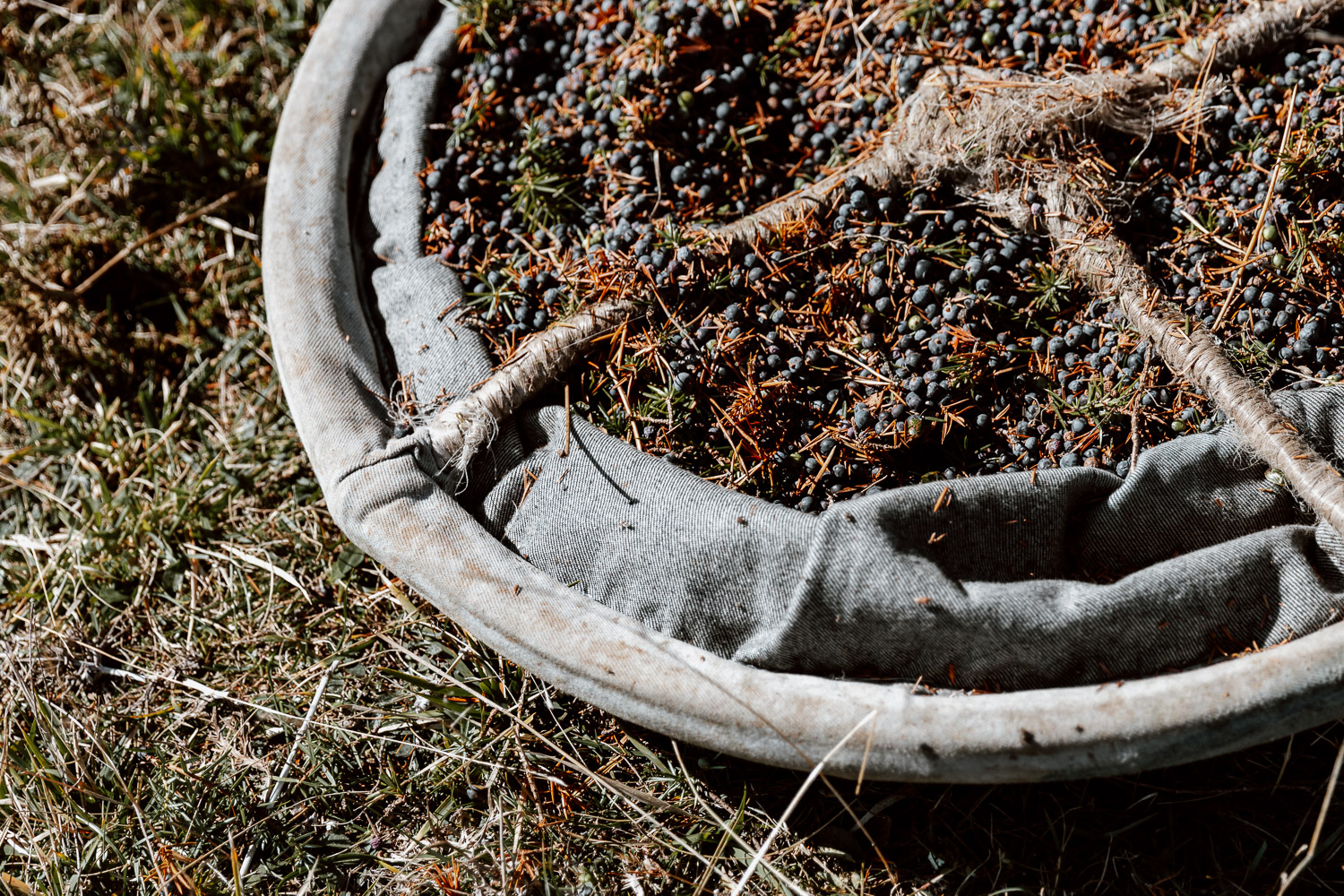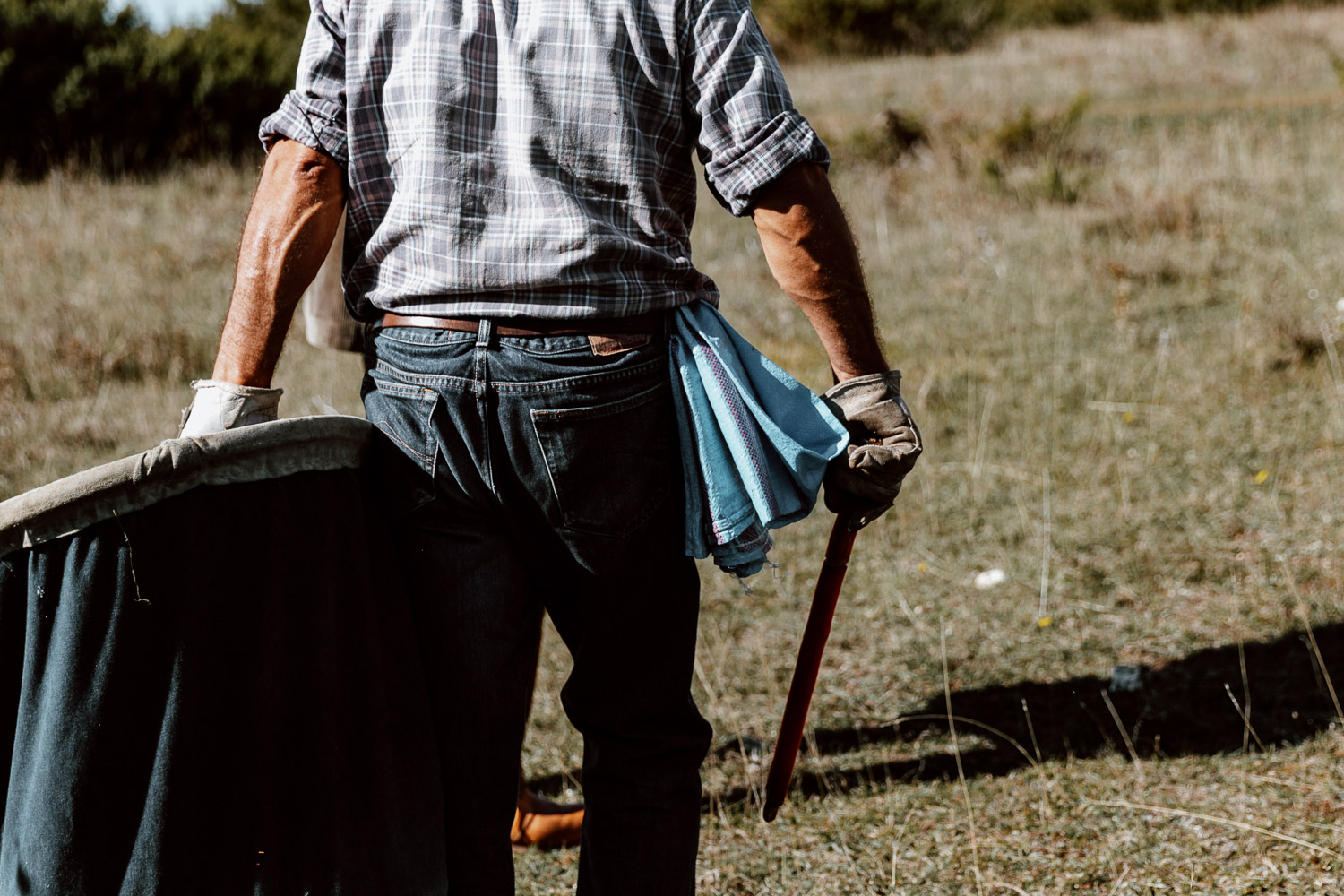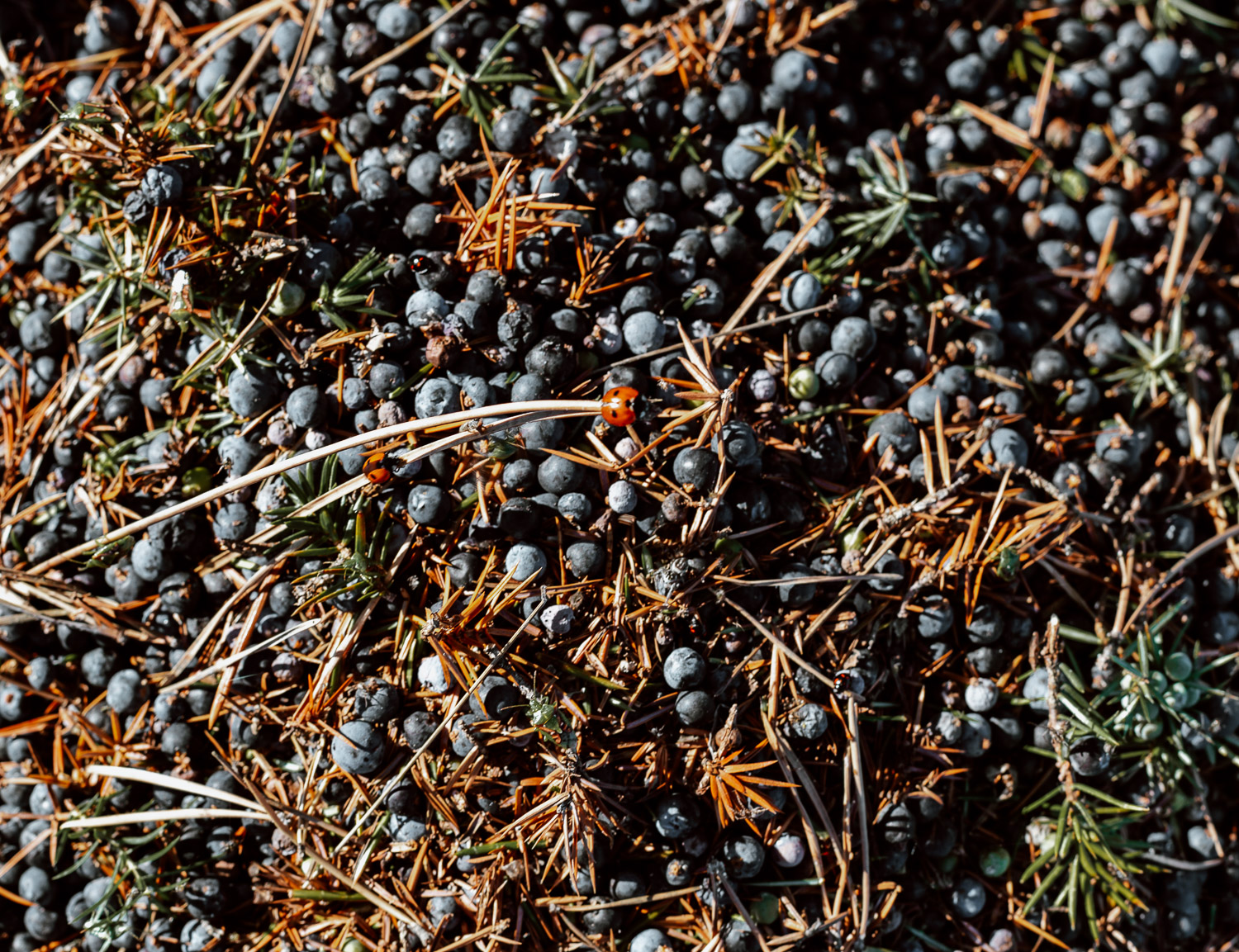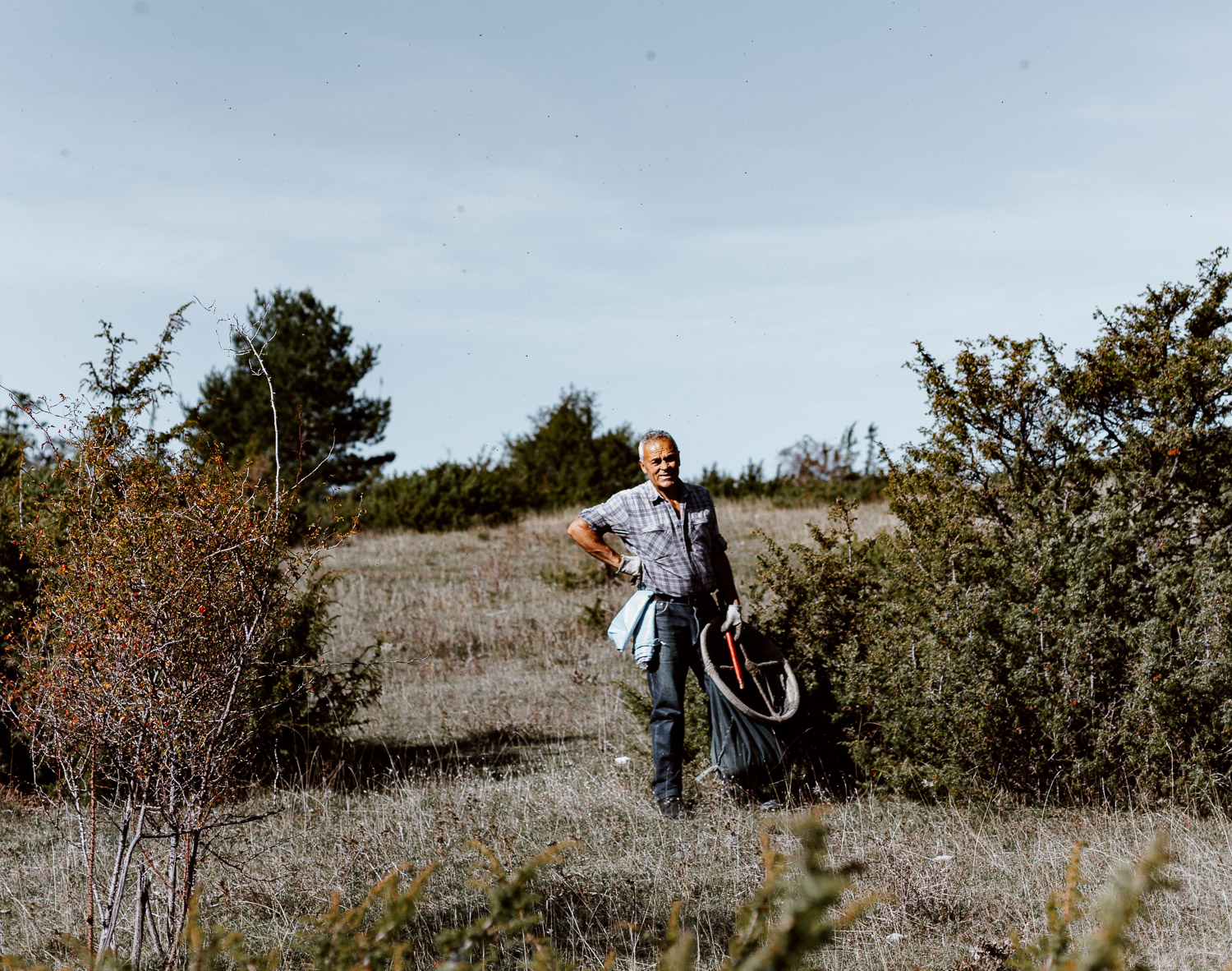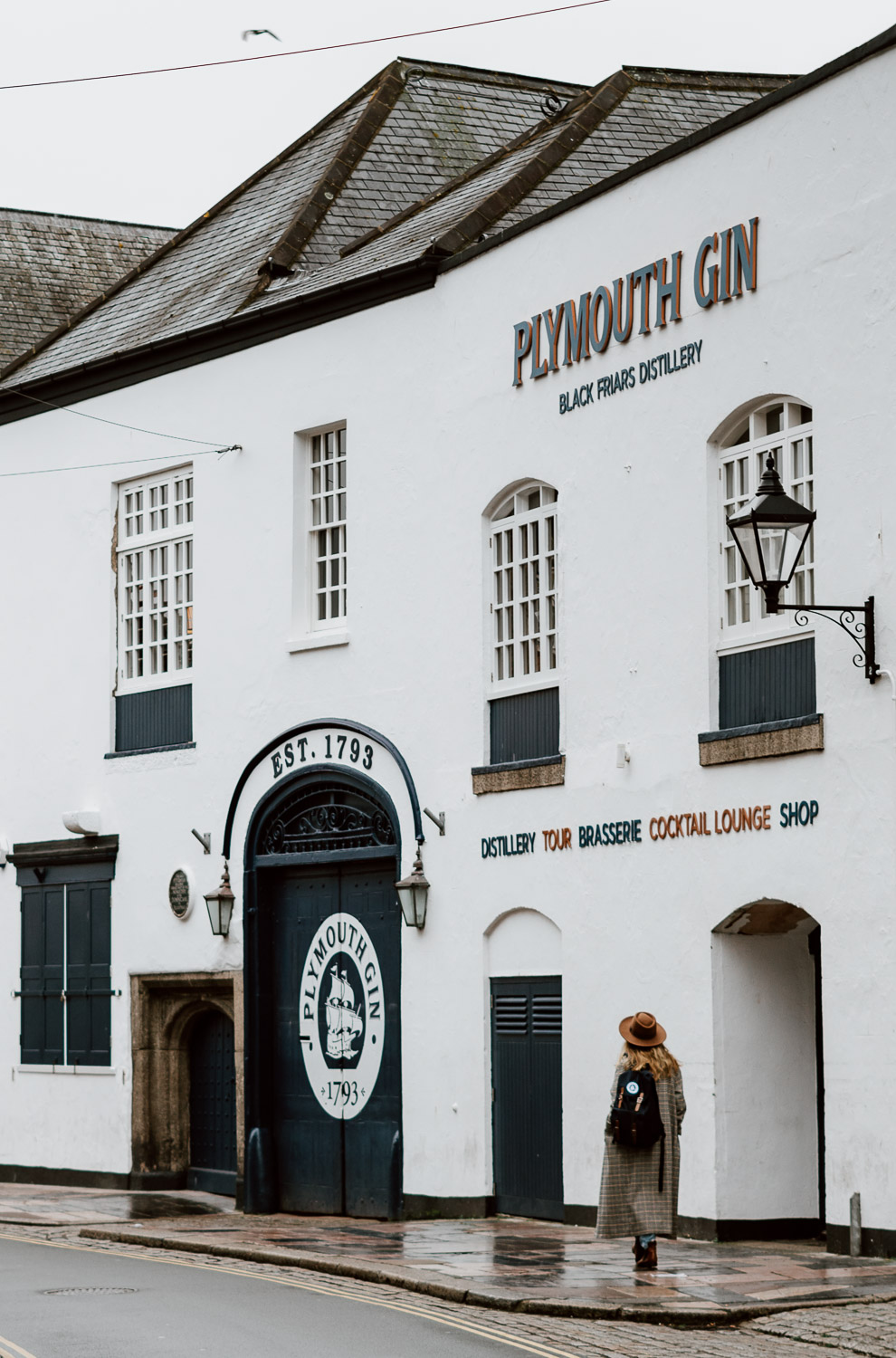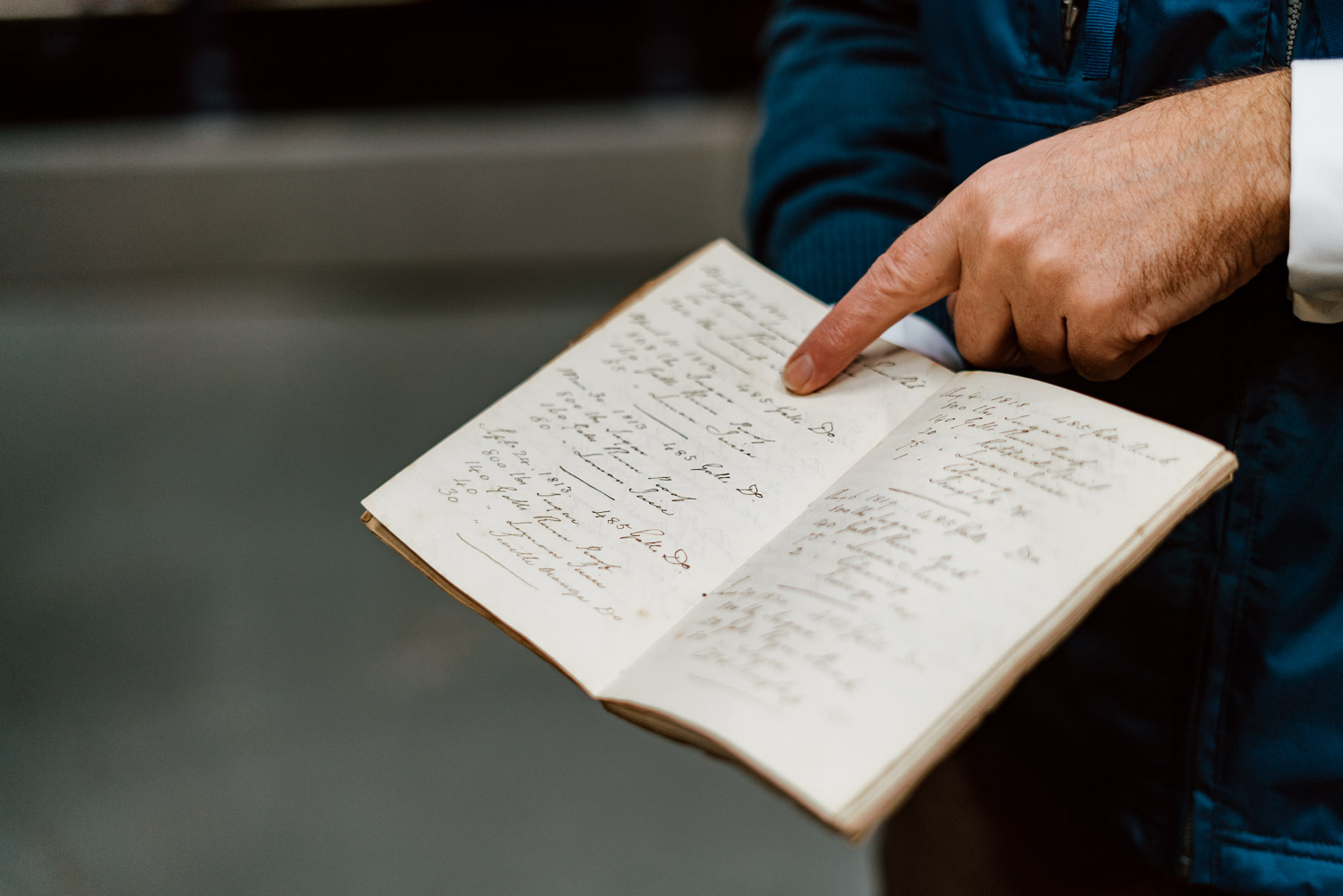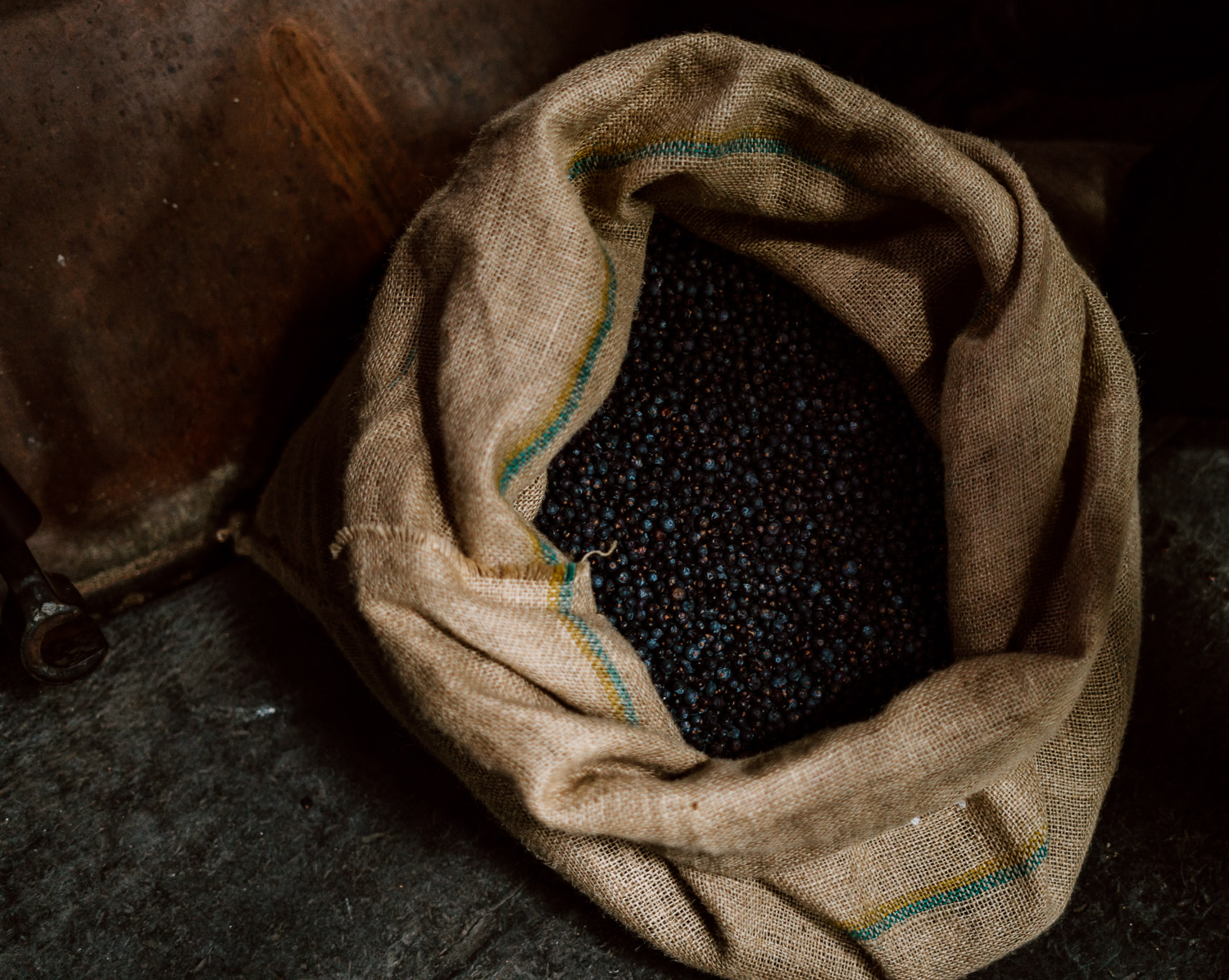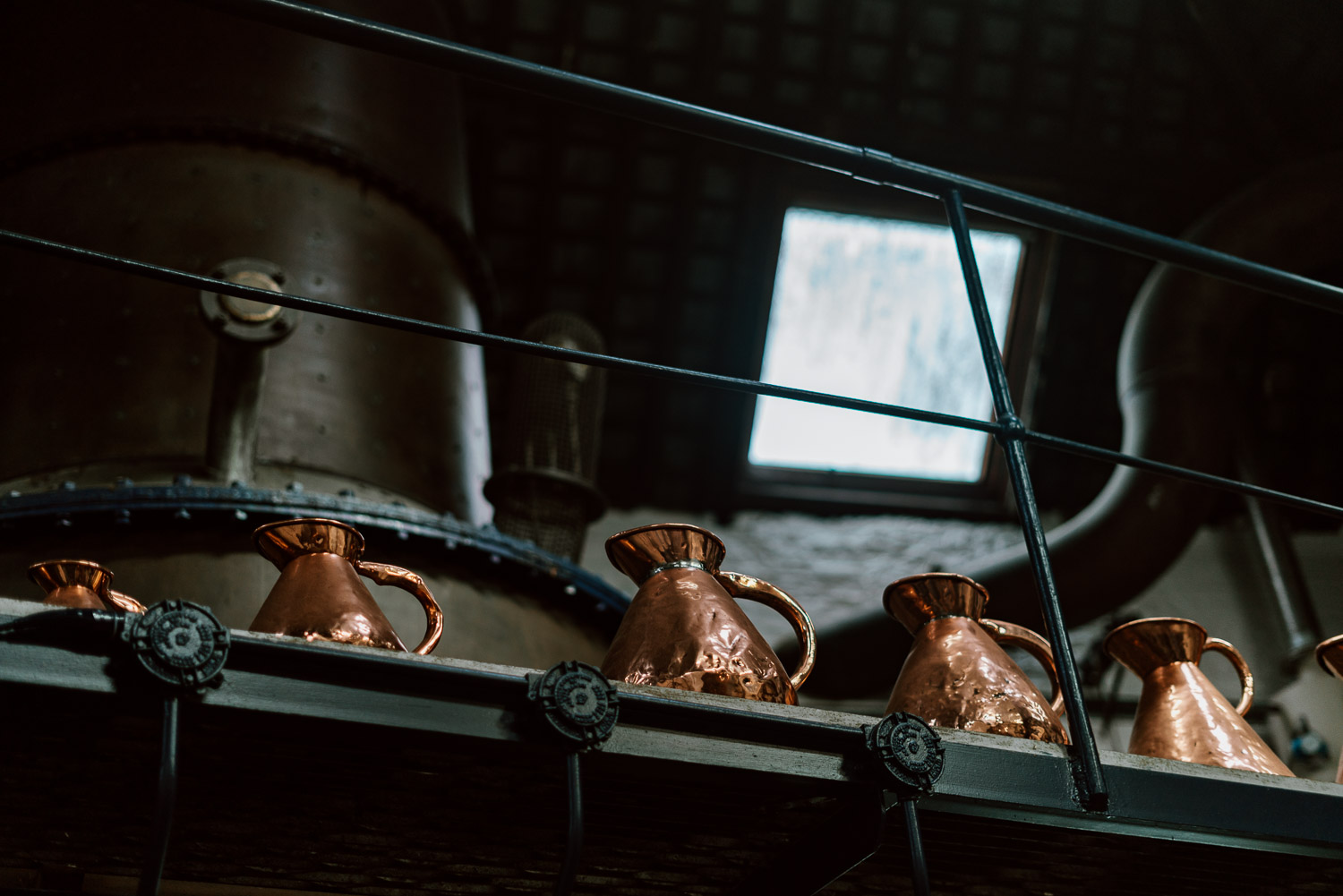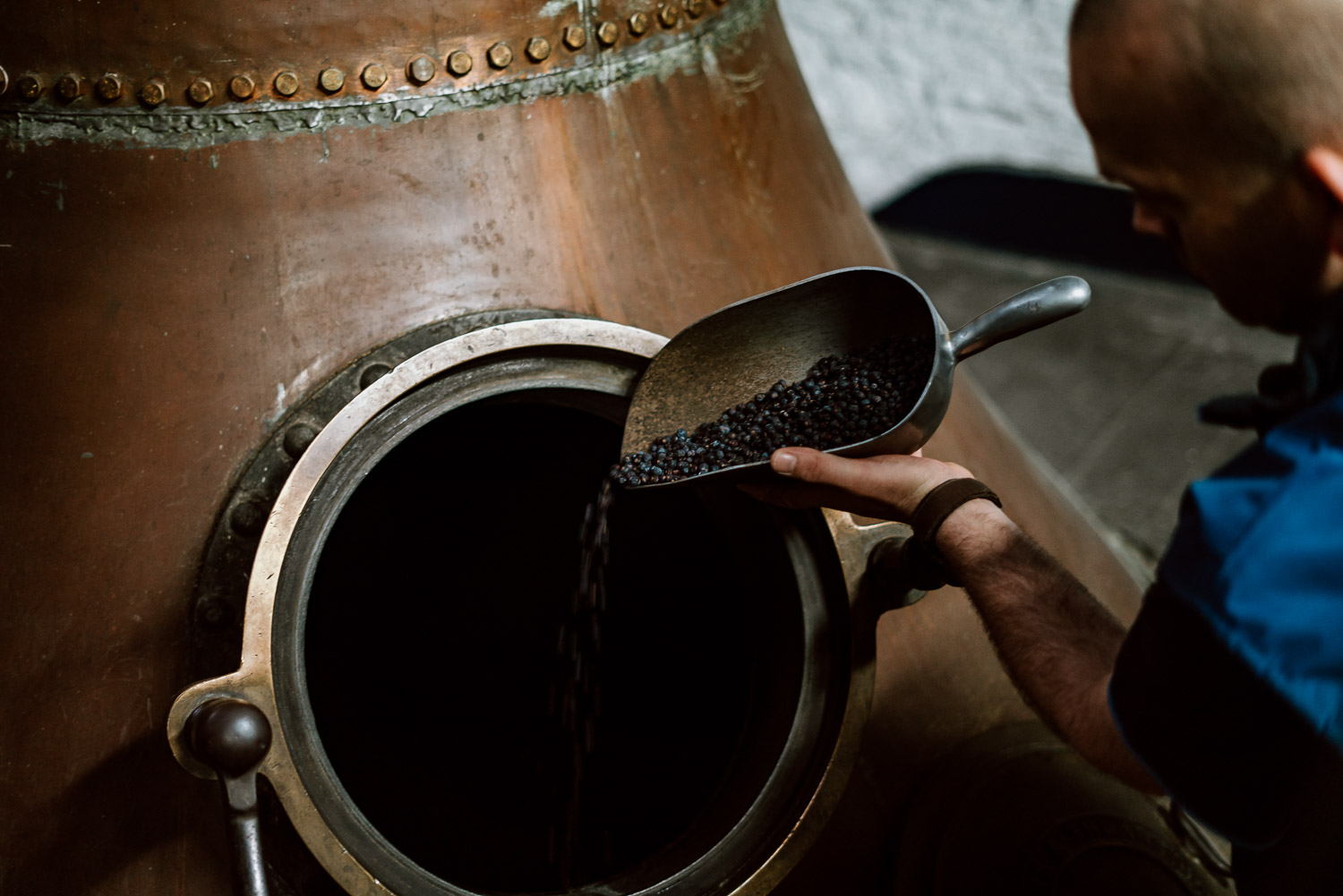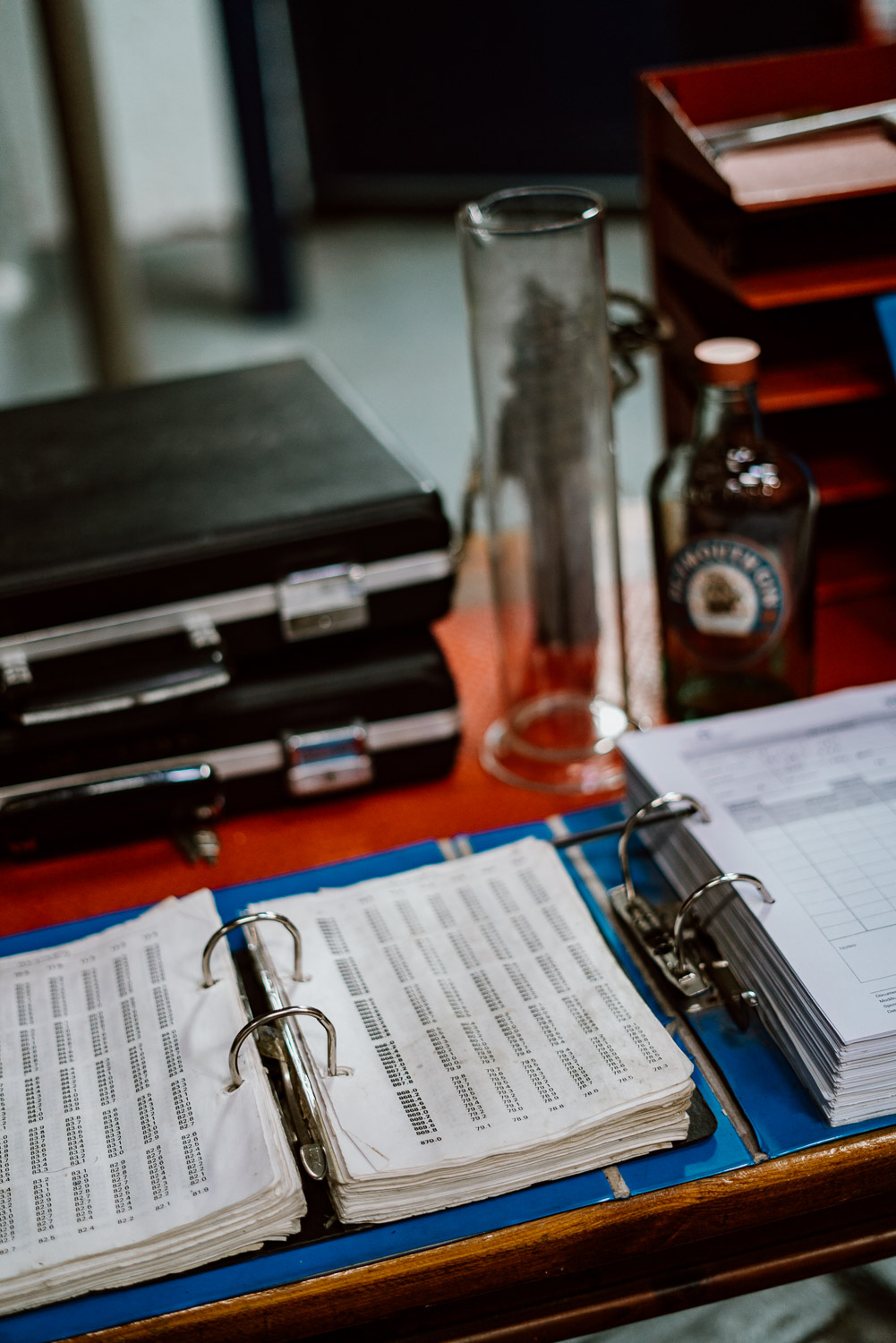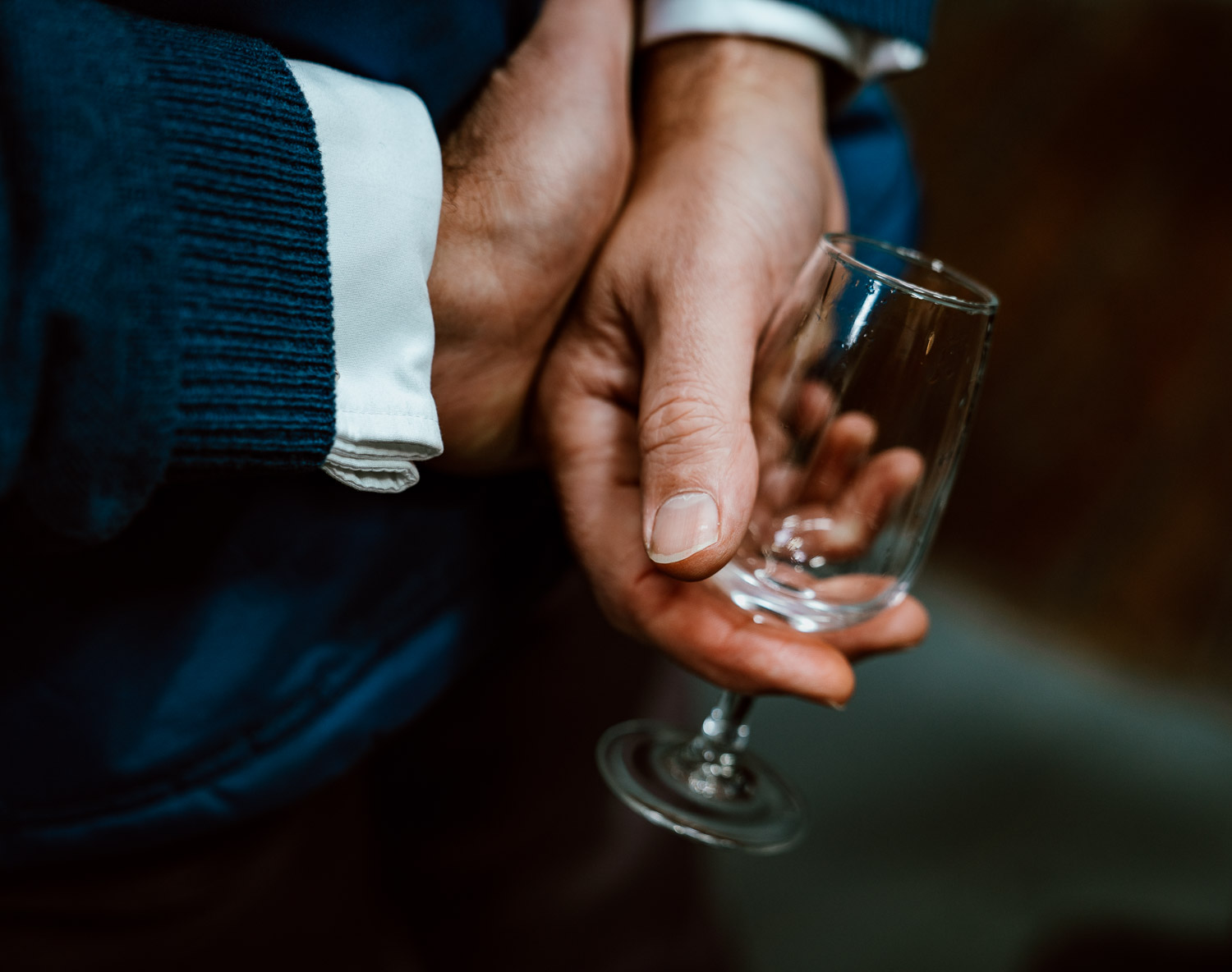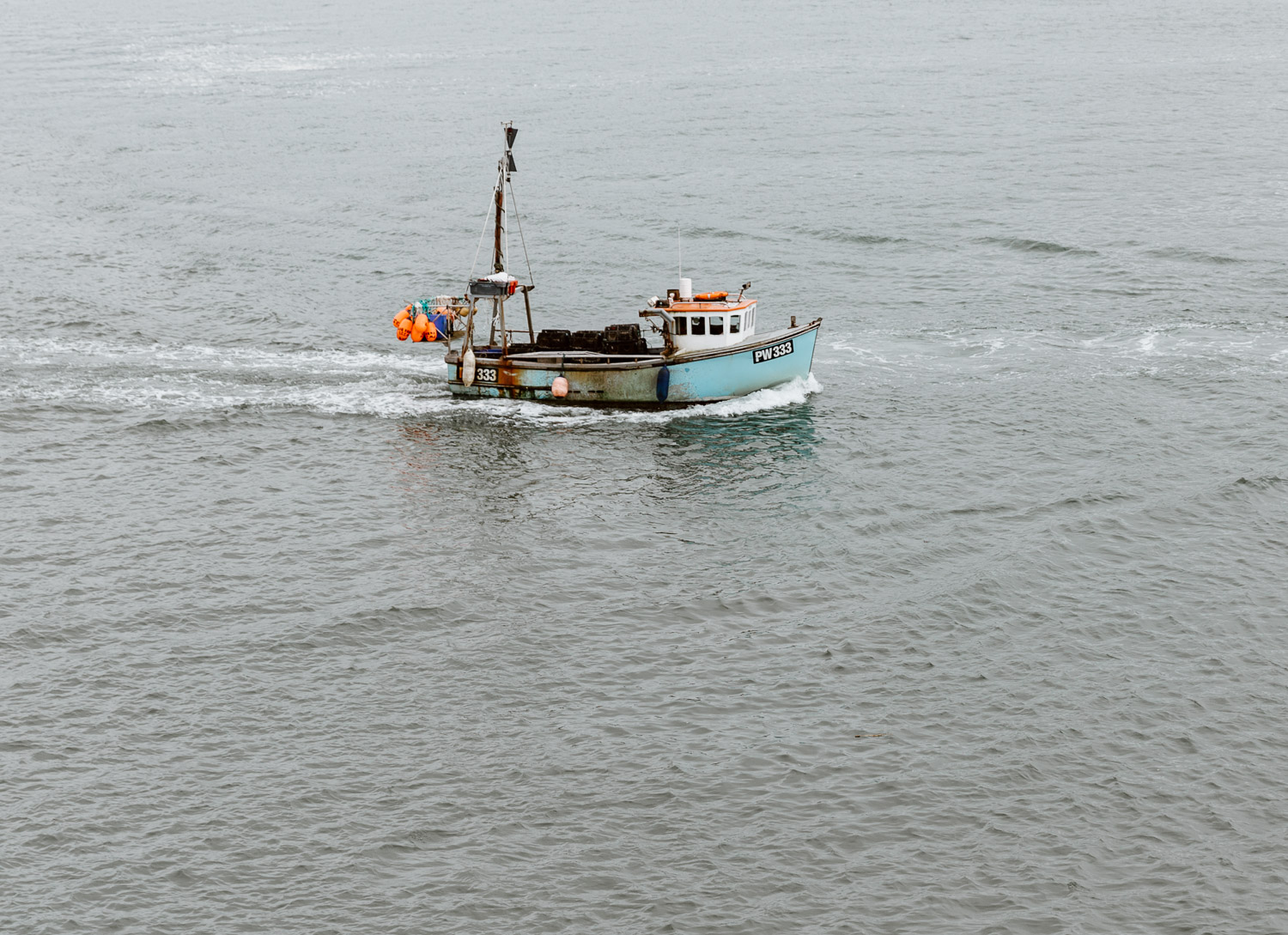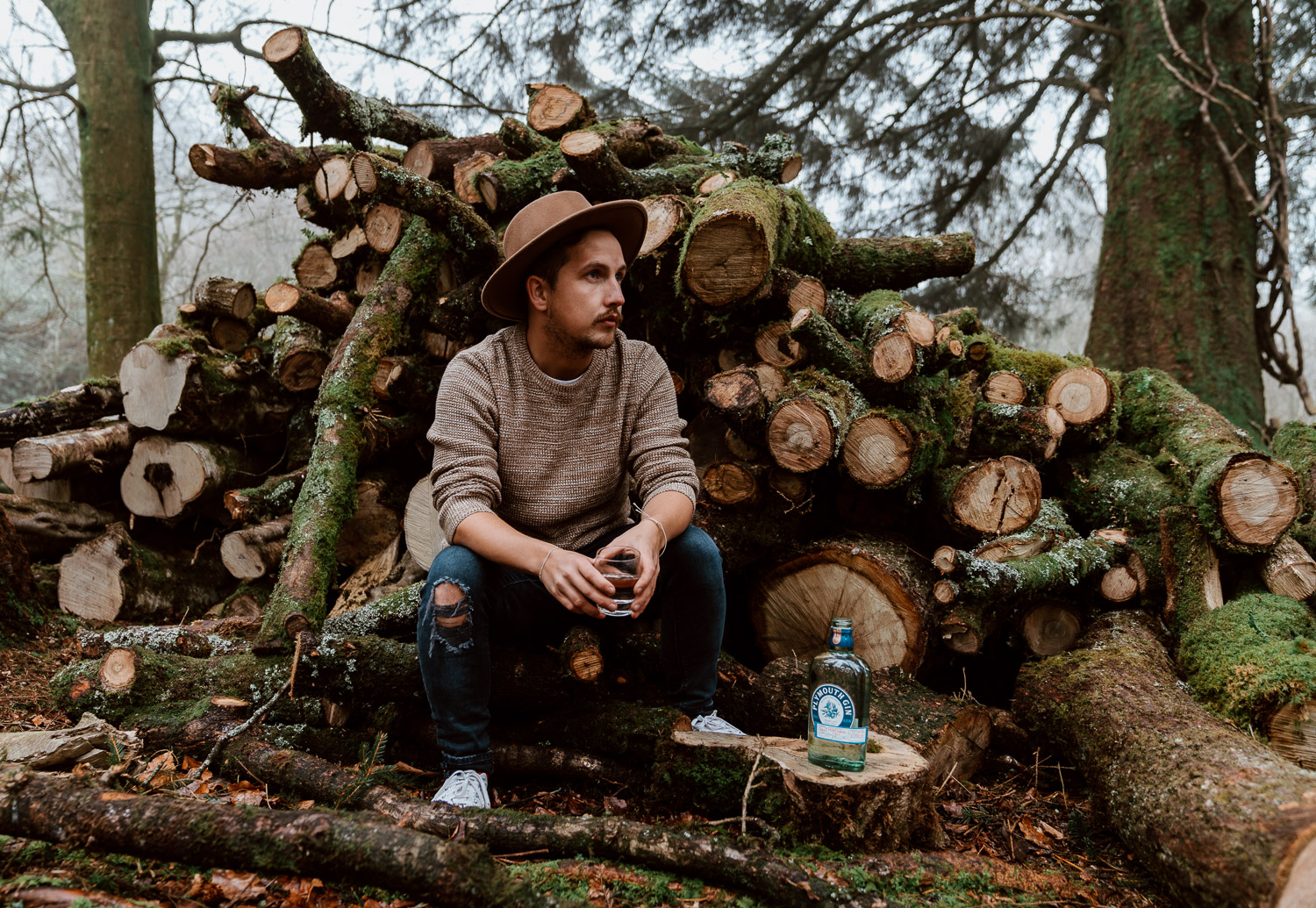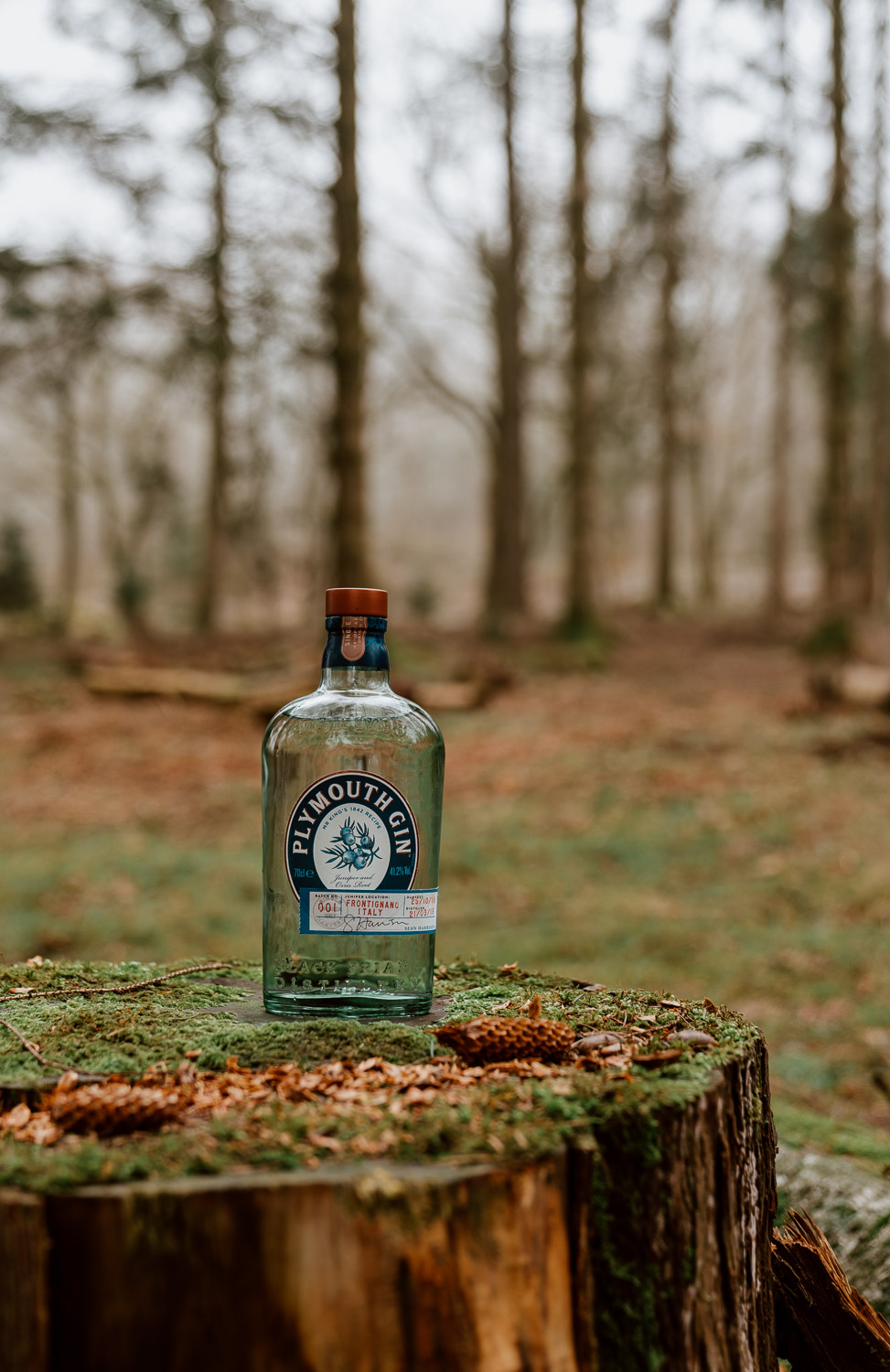This travel story is brought to you in partnership with Plymouth Gin to celebrate the launch of their ‘Mr King’s 1842 Recipe’ gin on 24th July 2019, the first special edition of a series of craft gins to celebrate the spirit of exploration.
“
For me, it has to smell of junipers”
Federico sits opposite and beside us at the long dinner table in Norcia. This small town in a south-western corner of Umbria, Italy is still recovering from an earthquake which ravaged its buildings and split the walls of its ancient churches. Several families are yet to return to their homes, but its small-town Italian beauty and charm remained relatively untouched by the tremors.
A more loquacious man we have never met than Federico, and after spending the previous hour righting all our wrongs (there were so many wrongs) at the dinner table - ‘why are you putting balsamic on that bread, it’s not a salad’ ‘you can’t have white wine with those mushrooms’ ‘these olives aren’t good, they’re the olives we keep for tourists’ - he is talking to us about gin.
For Federico, as much as we are fascinated by his gregarious nature and not-so subtle lectures, is not simply a handsome, larger-than-life, straight out of the movies Italian gentleman in the autumn of his years spontaneously joining us as we eat.
He is the man who will connect us to the hills. He is the man who will bring us to the valley.
And he is not a fan of the trend for modern gins to have an ingredient list which closely resembles that of a luxury bubble bath or shower gel; there are simply too many essences, botanicals and flavours dripped and dropped into the clear spirit.
For him, it has to smell of junipers.
THE VALLEY BY THE MOUNTAIN IN UMBRIA
If you were to design a dream project for us, it would have involved one part travel, one part gin, a zest of Italy, and a dash of beautiful outdoors scenes to photograph. Whilst we were road tripping the western coast of Latvia last year, an opportunity to bring that dream project to life arrived in our inbox.
And we may have done a little dance around the table.
For, as long-time readers of Along Dusty Roads may know, the origins of this blog and our crazy idea of first travelling in Latin America for two years on a teeny-tiny budget actually stem back to the wee small hours one evening around our kitchen table in east London. This was way back in 2014 when, after an evening of imbibing a little too much gin and wanting to explore ourselves and the world more, we decided to change everything.
We booked a flight. Packed our cameras. And the rest is history.
Fast forward four years, and the team at Plymouth Gin wanted to work with us to create something special - something old and new at the same time - to capture the spirit of exploration, and they wanted us to join them high up in the hills of Umbria to start it all off.
They wanted us to go straight to the source of what makes gin, well, gin.
How the hell could we say no?
The sunshine of late October surprised us all.
Our bellies still full from feasts of fresh pasta and in-season black truffles the previous evening, the minivan snaked its way towards the blue skies and the hills. Stubborn snow may have clung to the mountain peaks and the distant forests were rusting into shades of autumn, but we could shed our layers and bare our skin.
It was berry picking day.
Federico had told us at the dinner table about a couple - the man was 91 years-old and the wife was 87 - who had picked berries for decades here. They had actually only stopped six years previous, but the mother always told everyone that she “bought her house with the junipers”. The couple, Federico explained, would put less able pickers with far fewer years to their name to shame.
Their son Diamante, who continued the family tradition of working the fields, would be the person to show us the art of picking juniper berries by hand.
A juniper bush looks a little like a small living-room sized Christmas tree that has let itself go wild.
On this hillside in the Frontignano valley, the bushes are not in regimented rows and uniform lines but dotted around freely, and their prickled branches scratch, claw and pinch at an inexperienced hand trying to seize its fruits.
This is where gloves, a big stick, a bag and - for us - an opened umbrella come in.
Following Diamante’s lead, we are shown that the secret to handpicking juniper berries lies in shaking the bush and branch with a stick and collecting the bounty below as it rains into the bag or opened umbrella. This technique works up more of a sweat than one would expect, and isn’t actually very easy either. At moments, it literally feels like all we’re doing is just hitting a bush with a stick (is this where the saying ‘don’t beat around the bush’ comes from!?)
But it’s easy to distinguish between a good picker from a bad picker.
Though the bushes are surprisingly resistant, too much force will bring next year’s crop of still-green junipers down into the umbrella bucket as well as the sought after small purple pearls. Not only will this hamper the following year’s yield, but too many of those bitter green berry spies nestled in with the purple will lead to the picker’s sack being rejected.
And so, to handpick junipers well for a man like Federico, you require force yet subtlety. Speed yet patience. Strength yet precision.
And a ruddy big stick.
Appropriately, the son named Diamond who is the progeny of two of Umbria’s best pickers possesses all of the above qualities in spades. Indeed, his experience at picking the best berries at a rate where you can one day buy a home from the proceeds, supplements our own more modest haul from that morning. We are so grateful for this as, without Diamante’s skill, our inexperienced hands simply wouldn’t have been able to pluck enough berries from the prickles for the project.
For, to be a gin, the main botanical has to be juniper.
But to be our special gin, the main botanical has to handpicked on a single morning, from a single field, in a single valley in Italy.
THE COPPER STILLS BY THE SEA IN PLYMOUTH
The grey sea which surrounds Plymouth has been responsible for new worlds starting and old worlds dying.
Armies, explorers, voyagers, dreamers, and outcasts, oft set sail from the docks of Plymouth. As Ella sang, “those Puritans got a shock, When they landed on Plymouth Rock”, and it was from this colony namesake that the Mayflower actually departed 399 years ago. Cook also left for Australia from the city, and the walls of an old grey Plymouth hillside fort to beat away invaders still stand strong.
At this stage of the project, we are very recent returnees from several months of a much more sedate form of modern-day exploration in South America; the rest of our group have commented that we’re both very tanned and that it must be a bit strange to be back.
The bleakness of the British coast in late March couldn’t contrast more with the little Caribbean corner where we lazed in hammocks in our dream hostel by the bathwarm sea just two weeks previous, but home is home and it will always be home.
And we’ve got some gin to make.
Down the narrow curve of Southside Street and behind the wooden doors painted blue and white, there is the oldest working gin distillery in the UK.
It’s been in operation since 1793, creating vats of gin using the same recipe since day one.
That’s day one, two hundred and twenty six years ago.
It was whilst exploring the depths and characters of this history over a decade ago that Sean Harrison - the Master Distiller who once sailed the seas with the navy, is the keeper of Plymouth Gin Original’s 226 year old recipe, and has likely forgotten more about booze than we’ll ever know - chanced upon a page in a blue leatherbound book that had long been left unopened.
It belonged to Mr King and, alongside his eloquent penmanship and thoughts and calculations, it had a recipe from 1842 which called for gin crafted from Oris Root, Dartmoor water, and nothing else.
Oh, except handpicked and wind-dried Umbrian juniper berries.
Sean’s desire to recreate that recipe which had been lost to the archives is what led us to be here scooping up the best of our purple berries with a shining copper instrument in the early morning, letting them tumble down into water sourced straight from nearby Dartmoor National Park.
Over gimlets and by a crackling fire back in Italy, Sean had been quite open with us about this being a risky process (and not just because we were getting involved!)
In the days of strictly tested supply chains, bulk orders, and mass production, deciding to strip everything down and to create a “one field, one batch, one moment, one-off” spirit is rare. Although you can trust in the process, trust in the ingredients, and trust in the knowledge, it’s still putting faith that it’s going to taste not just right, but good.
Time passed slowly in Plymouth.
The grey skies would not part and drizzle spattered us as we walked from the local’s favourite fish and chip cafe to the large blue and white doors via a road which traces the line of the sea.
The afternoon turned dark before 5 p.m. as the British winter persisted; but the clear liquid which had boiled away in the grand old copper still since the morning was ready.
Lined up proudly along the distillery bar, numbered 1 to 13, the first batch of bottles from ‘Mr King’s 1842 Recipe’ gin awaited us and the team. This was the drink we had played a part in creating, and which had brought us from a single valley in Italy to the shores of historic exploration in Plymouth.
The normally stoic Sean beamed with pride as he opened the first bottle, and poured a sparing drop into our glasses; we lifted it to take in that all important first scent of a new spirit.
It smelled of junipers.
Just like it should.



